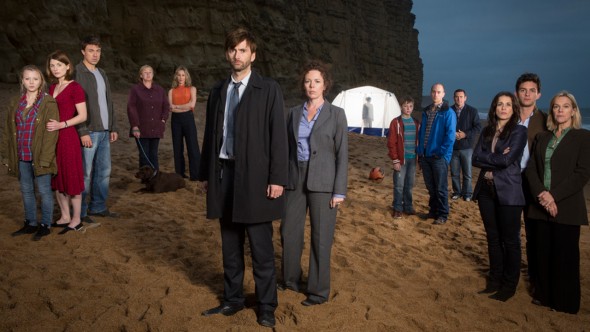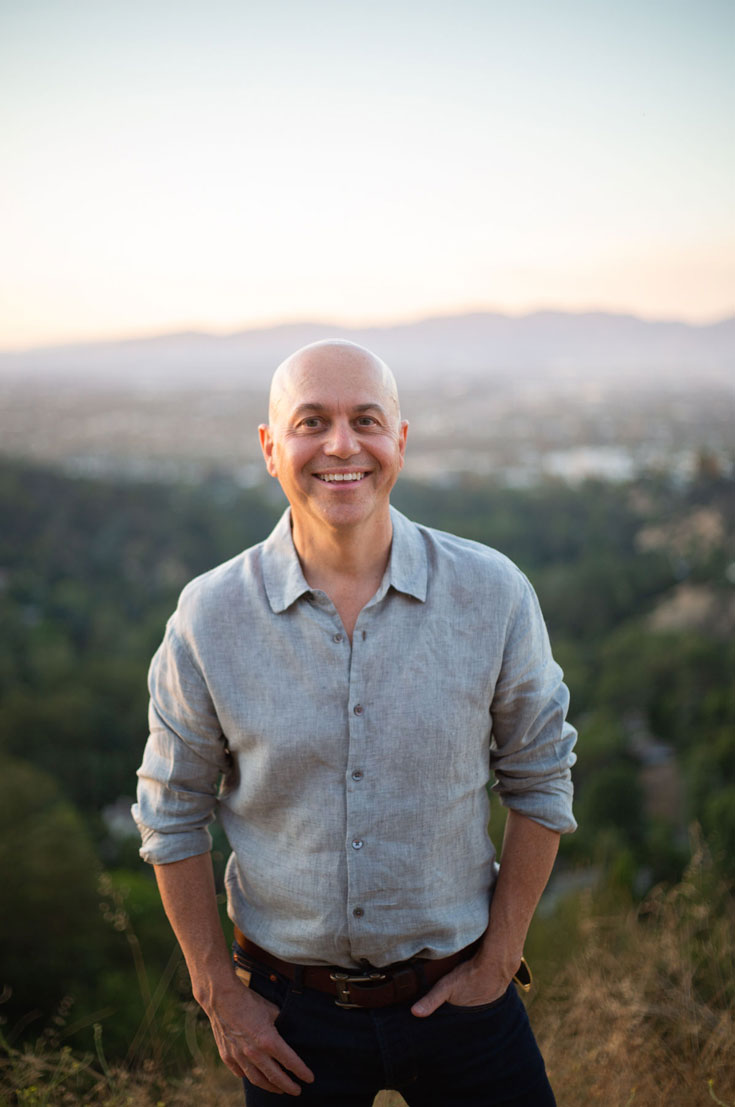Given our lack of omniscience in the land of the living, writing can offer us a liberating chance to experience such insight.
There are a couple points of view we can take as narrators of a story. For one, there’s the first person: stories told from the perspective of that immortal “I.” Secondly, there’s the second person: stories addressed to a specified or unspecified “you.” Finally, there’s the third person. In this article, I will discuss the pros and cons of third person from an omniscient perspective, and at the end I will give you a story weapon that will help you to find the best POV for your story.
Third person omniscient narration allows writers to explore multiple characters’ inner lives and build a rich, expansive world with flexibility and depth. However, it can sacrifice intimacy and risk overwhelming readers with too much information, so choosing the right point of view depends on how close or broad you want your story’s perspective to feel.
What is third person point of view?
So who is this third person, and how far are they from the fourth wall? Writing in third person is to write of every character the way you’d refer to a third person in the room. This means someone who isn’t you or me, but him, her, or them.
There are two different types of third-person narration: limited and omniscient.
A limited third person narrator floats about outside the characters but isn’t privy to their innermost thoughts apart from the main protagonist’s. It’s the role of the camera in most movies.
A third person omniscient narrator, on the other hand, can delve into a myriad of internal thoughts crossing the minds of different characters and the crisp emotions they feel.

Pros of third person omniscient
What are the advantages of choosing this point of view? There’s a reason that so much of literature comes from this perspective.
Flexible storytelling
Firstly, it requires the least amount of prep work when describing the events of your story. Unlike third person limited or first person, there’s no separation necessary between the information available to the writer and information presented to the reader. You’re welcome to drop in facts and reveal secrets as they come up. It allows for a more “stream of consciousness” approach.
Access to inner lives
Secondly, it connects the reader to the inner lives of the characters. The truly meaningful events of one’s life tend to happen internally. Their wedding day is perhaps less emotionally significant than the day they realized they had fallen in love.
Moments of courage emerge in the otherwise insignificant moments of our lives. For example, a former stutterer speaks up in a crowded meeting and no one but them knows how scary it was, or one morning another person goes to the gym and that alone is the first step to shaking off the shackles of their depression. Without insight into the inner workings of the characters, a dramatist must rely on plot devices to maintain interest. But a burning building or a bank heist can only hold an audience’s interest for a short while if we are not invested in the characters’ inner lives.

Rich character connections
The third person omniscient point of view connects your reader to all of your characters. There are plenty of stories where the events that occur take the forefront and, for the most part, they could’ve happened to anyone. In Godzilla, we don’t need to know about the characters’ experiences with puberty to feel concerned when a plane is swatted out of the air.
Odds are, the stories that inspire you to write include rich characters. Those characters give you a reason to turn the next page. We want to see what they learn, if they will succeed in their goal, and what will become of them; for that to happen, we need to be able to see ourselves in them. That’s most effectively done when we’re privy to their lived experience.
“It’s harder to write in the third person but the advantage is you move around better.”
– Ernest Hemingway
Cons of third person omniscient
Of course, there are drawbacks as well. By being present everywhere and anywhere something is happening in your story, you lose some of the intimacy that exists in the other perspectives.
Less intimacy
A story told in the second person can develop a uniquely intimate relationship between the reader and the storyteller. Consider Jay McInerney’s novel, Bright Lights, Big City, where the narrator is simply referred to as “you.” Think about the dynamic between the camera and the characters in shows like Parks and Recreation or The Office. We, as the audience, don’t exist in the story with third person omniscience.
The first person is even more intimate. We’re so connected to one character, and experience the world as they do. It’s much easier to embrace their perspective and their worldview. Their inner changes are much more vivid with that sort of focus.
Risk of overload
You might also risk an information overload. This happens all the time, even with great literature. It’s not clear to the reader which names and which places are important. Remembering everything you’ve told them can be tough, especially as you move between different characters. These sorts of books often have a map of the fictional territory before the contents of the book, or a family tree. It’s great to have a world that’s rich with detail, but this can come across as overwrought.
Your story weapon: Choosing your story’s POV
Whichever perspective you choose when writing, do your best to make an intentional decision. It’s easy to slip into habit or mimicry when inspiration takes us, and we’re rushing to get the idea down while it’s still lighting up our brain. Take a second (after that mad dash of scribbling), and decide the mental world you’re building in the imagination of the reader.
Is it vast and sprawling? A third person omniscient perspective might be the best way to get around.
Or is it a story that can be entirely told through the eyes of your main character? If it is a smaller story in which the protagonist is privy to the lion’s share of events, then it might lend itself more to a first-person perspective than the third-person point of view.
Find out more in one of my workshops – The 90-Day Novel, The 90-Day Memoir, Story Day






